Here are the manipulatives I've found most helpful (and that I would buy at retail price if I hadn't gotten them at a garage sale)....
1. Unifix Blocks
A set of 100 is very helpful. I store them in a tupperware, rather than stressing about getting them all back in color coded stacks of 10 each time we use them. I had the other type of cube at one point that look like this:
But, I found them harder to link together and I wasn't as pleased with them, so I gave them away.
2. Scale
I found this at a garage sale and had no idea how often I would need it in the future for math and for science.
3. Some type of counters. I have several types, but I've found that everyone has personal preferences. For preschool, I like these:
My favorite math book for PK is Developing Number Concepts by Kathy Richardson and you need counters and unifix cubes for that book. I like these as opposed to beans or other counters from your house because you can support by color as well as number. I have vehicles, bugs, and animals, which let me have my children practice sorting in several different ways.
for K-5, I like these counters:
They are called two-color counters and they come in handy when dealing with addition and subtraction as well as beginning equations.
4. A teaching clock. I wish I had known about this clock when my kids were younger:
A Judy Clock
The hour hand moves with the minute hand. I don't like the Melissa and Doug clock. I have a small four inch clock like this one from Learning Resources and it does the job, but I would have loved to have a big one like the normal size Judy clock.
5. Base Ten Blocks
You could start with just 1 hundred, some tens, and ones, but eventually--you'll want several hundreds and a thousand.
6. Play Money
But, the set on Amazon costs $10. I think you could just use Monopoly money for the dollar bills, and real dimes, quarters, nickels, and pennies--and it would probably cost less. I found a bag of coins at a used book store for $1. Dollar Tree probably also has play money in the toy section.
I've found that my kids need tangible manipulatives in PK-2 and that's when they learn about money.
7. Dice I ordered a set from Singaporemath.com for $3 that had a variety of 6 different dice. But, I can't find it anywhere else and the shipping to buy 1 item would be silly. Instead I found just a pair of dice on CBD.com for 35 cents.
Pair of 6-Sided Dice by Shillermath
you can also just save dice from old games that you're getting rid of.
8. Spinners
This is one of the less common ones, but it is one that I've used with every probability chapter my children have had in their math books.
9. 3-D shapes. This is one that I couldn't find at a garage sale and had to buy for full-price.
I did find a scratch and dent set for $20 (instead of the retail $35), but it still was a very expensive purchase for me. It is good to have some type of 3D geometric shapes, whether it's something like the set above or below...
This is the Learning Resources Power Solids set which is only $11--a much better price! They will be much smaller, though.
I know many families choose to print paper cutouts of the shapes and assemble them. If you have time, that's an option. But, for me, I need to be able to grab my manipulatives and teach right away. I have very little preparation and planning time.
10. Timer Any kitchen timer will do. I bring in the timer I keep in the bathroom when we need it. Some people use a stopwatch. I keep a timer in the bathroom because we don't have a big hot water heater and if my kids let the shower go and go, there won't be any hot water for anyone else!
11. Some type of fraction manipulatives. I have both the fraction bars and fraction circles. I tried to make my own fraction circles and laminate them, but they never worked that well. They were too flimsy and hard to keep track of.
Math manipulatives are an investment. It's easier to spread it out and pick things up as you need them, I think. I looked at a couple of kits, but felt that they had a lot of extra things in them. I use Harcourt HSP math and these are all that I've needed plus some 1" foam squares (set of 25). I think in all over time, I've spent about $100. That's shopping at homeschool used bookstores and garage sales, primarily. I only bought the unifix cubes, fraction bars, and 2 sets of geometric shapes new. The rest I was able to find.
The thing I wish most that I hadn't wasted money on (and didn't include in that $100 total) was flash cards. I accumulated a lot of flash cards and they never worked for me or my kids. I was given a bunch by another teacher when I started out fifteen years ago. Then, I picked them up at garage sales for 50 cents or a dollar here or there. Flash cards take time. If you have the time--and patience, then they can be great. I used xtramath.org instead when my kids were old enough to use it.
I store my manipulatives in $1 plastic shoebox size containers. I put a label on the front to let me know what's in each one. They stack and store very easily.



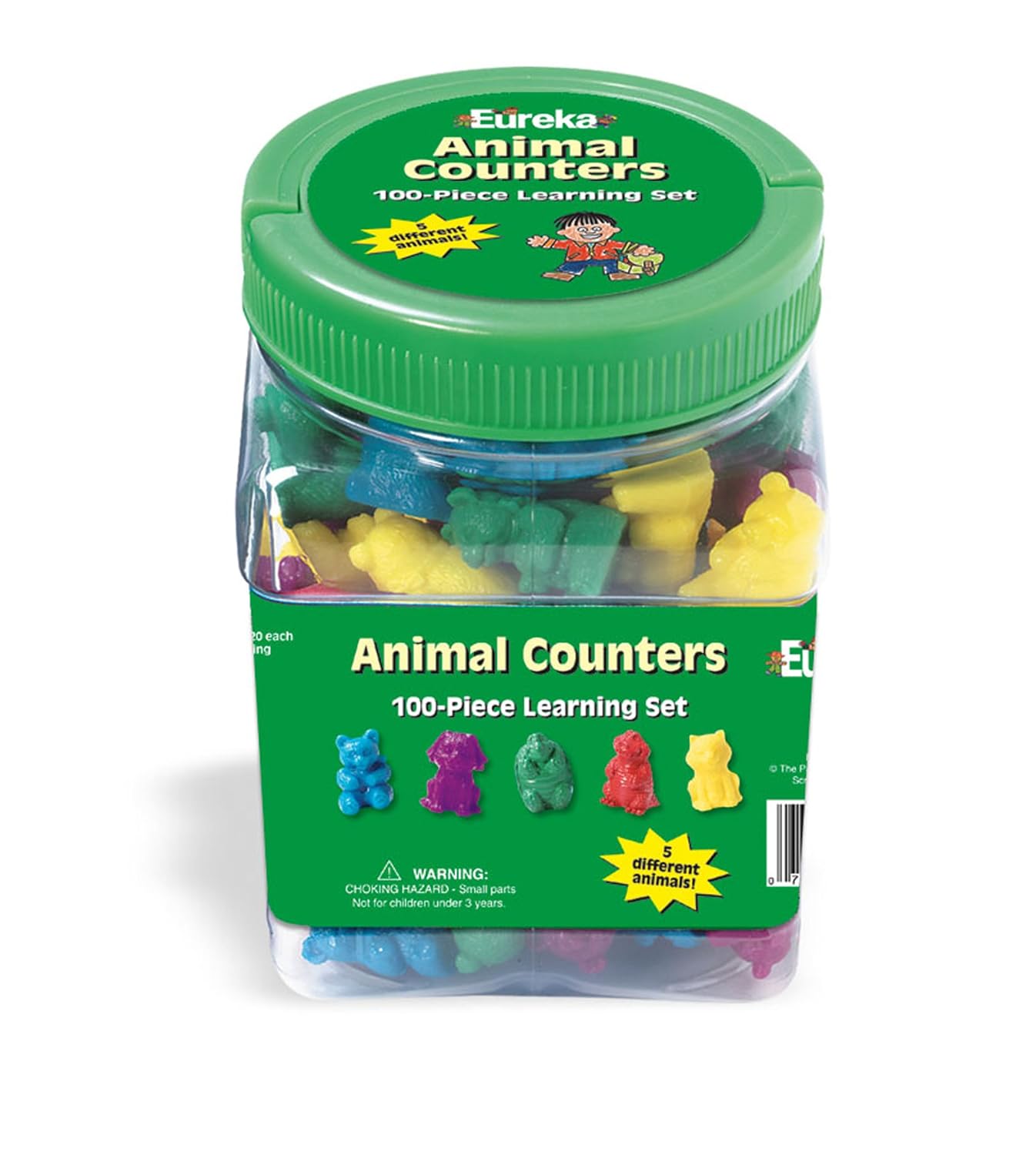
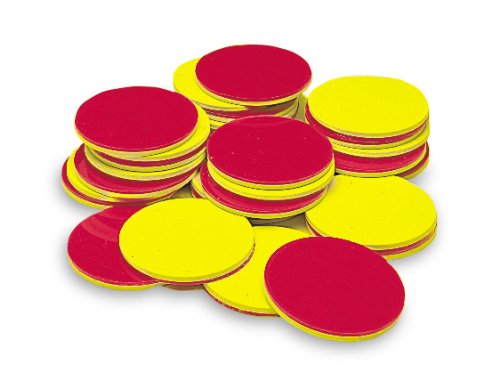
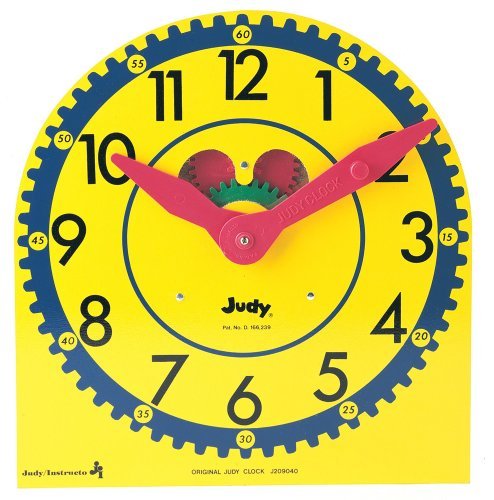
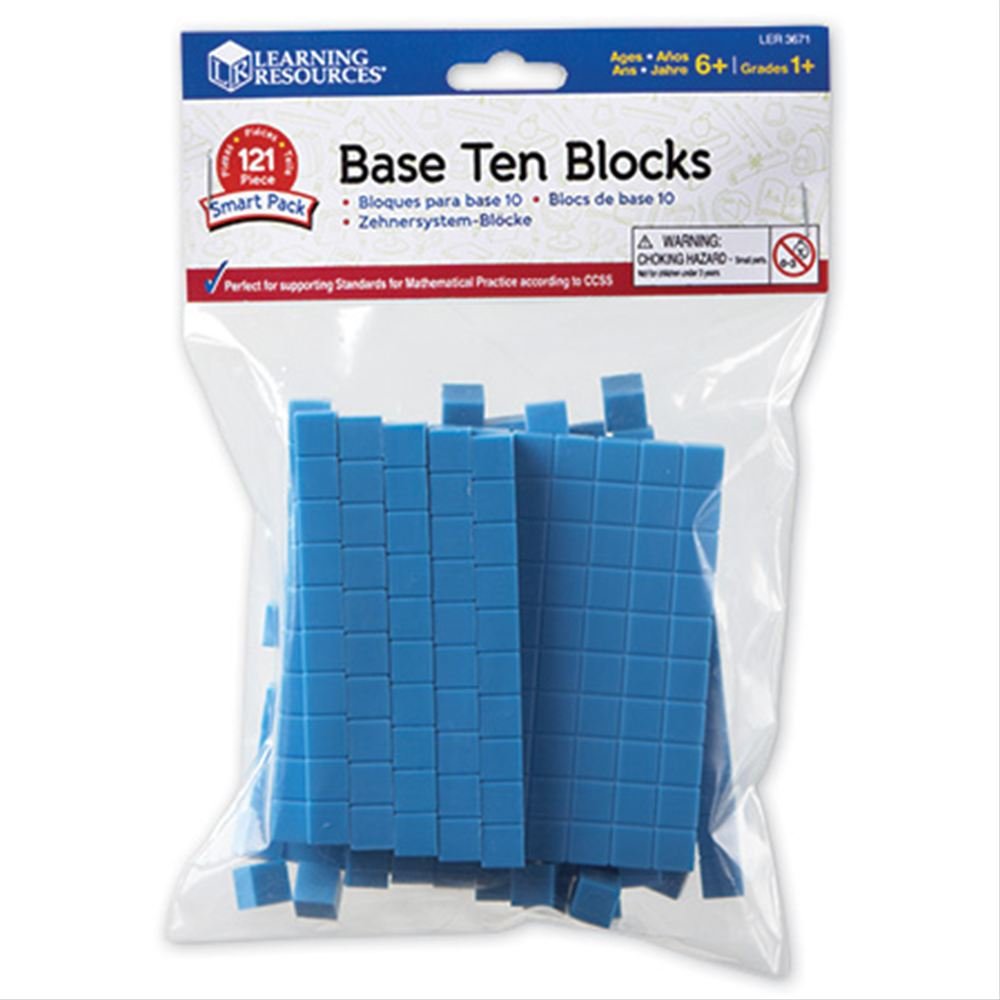



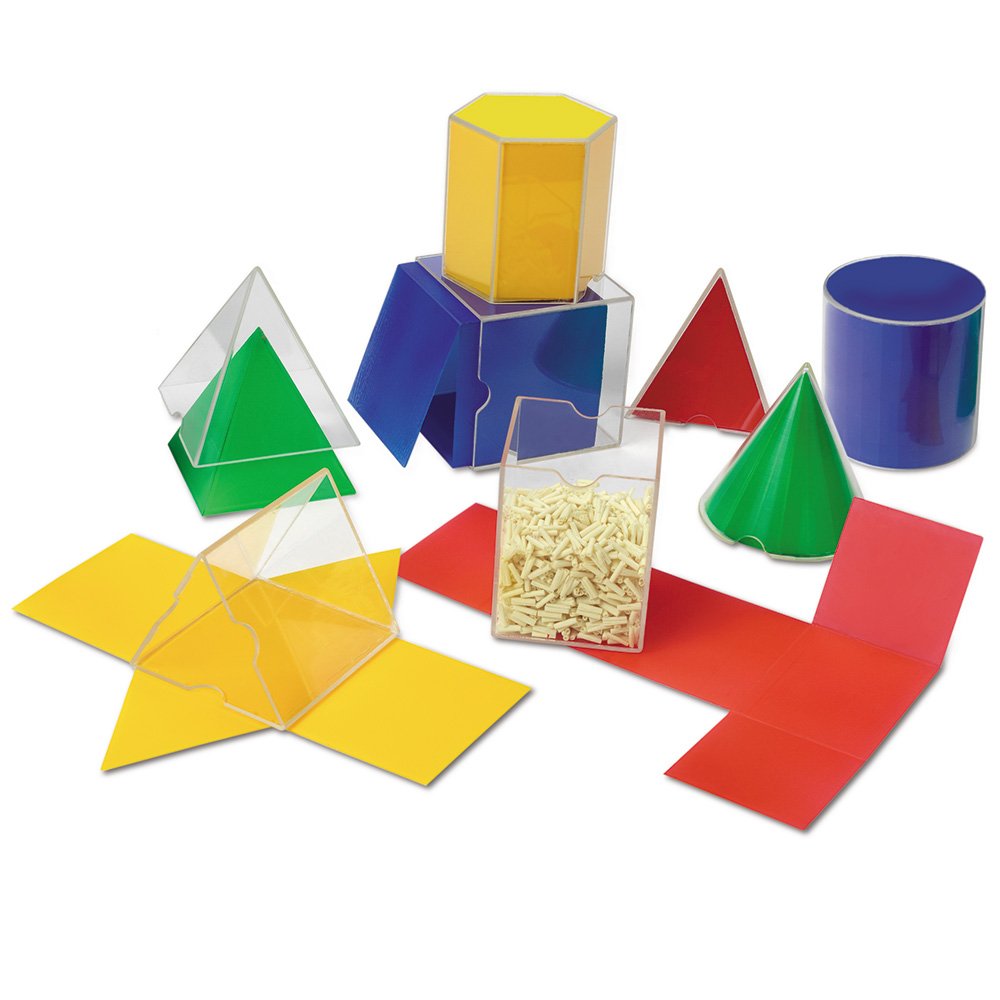
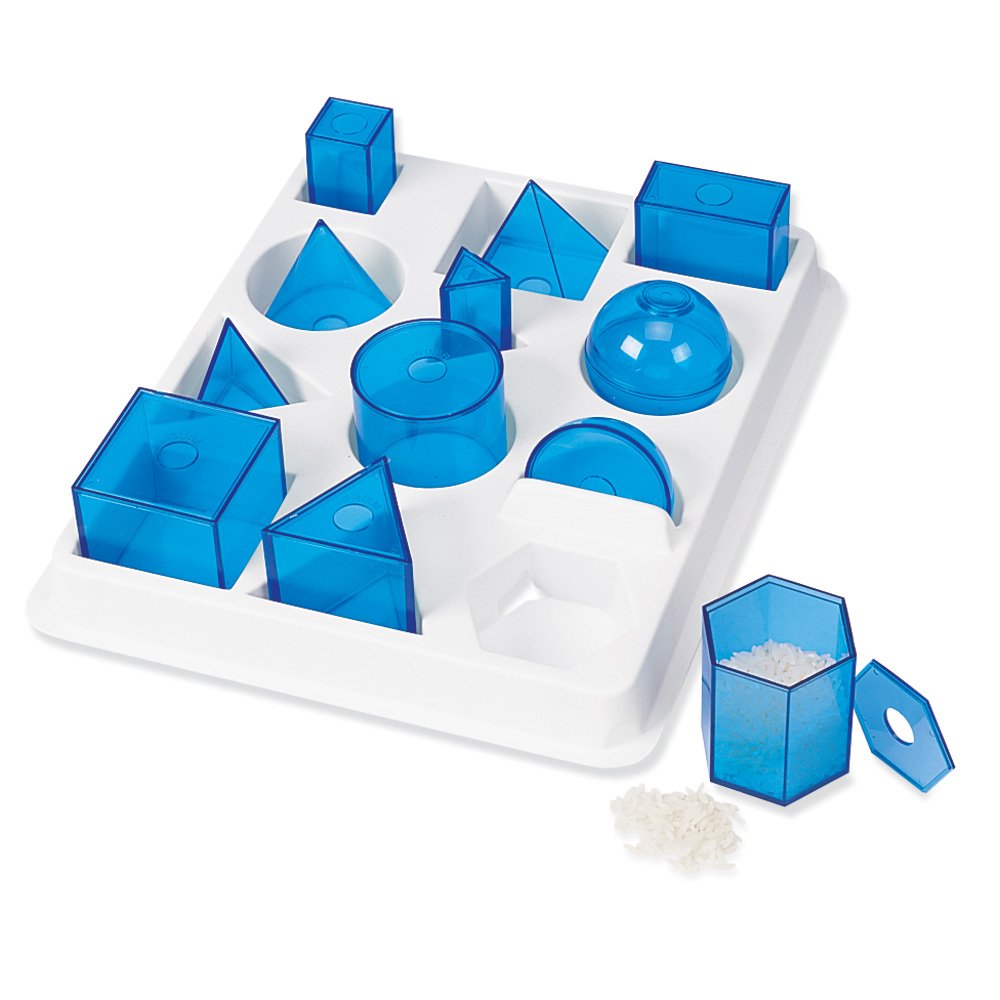

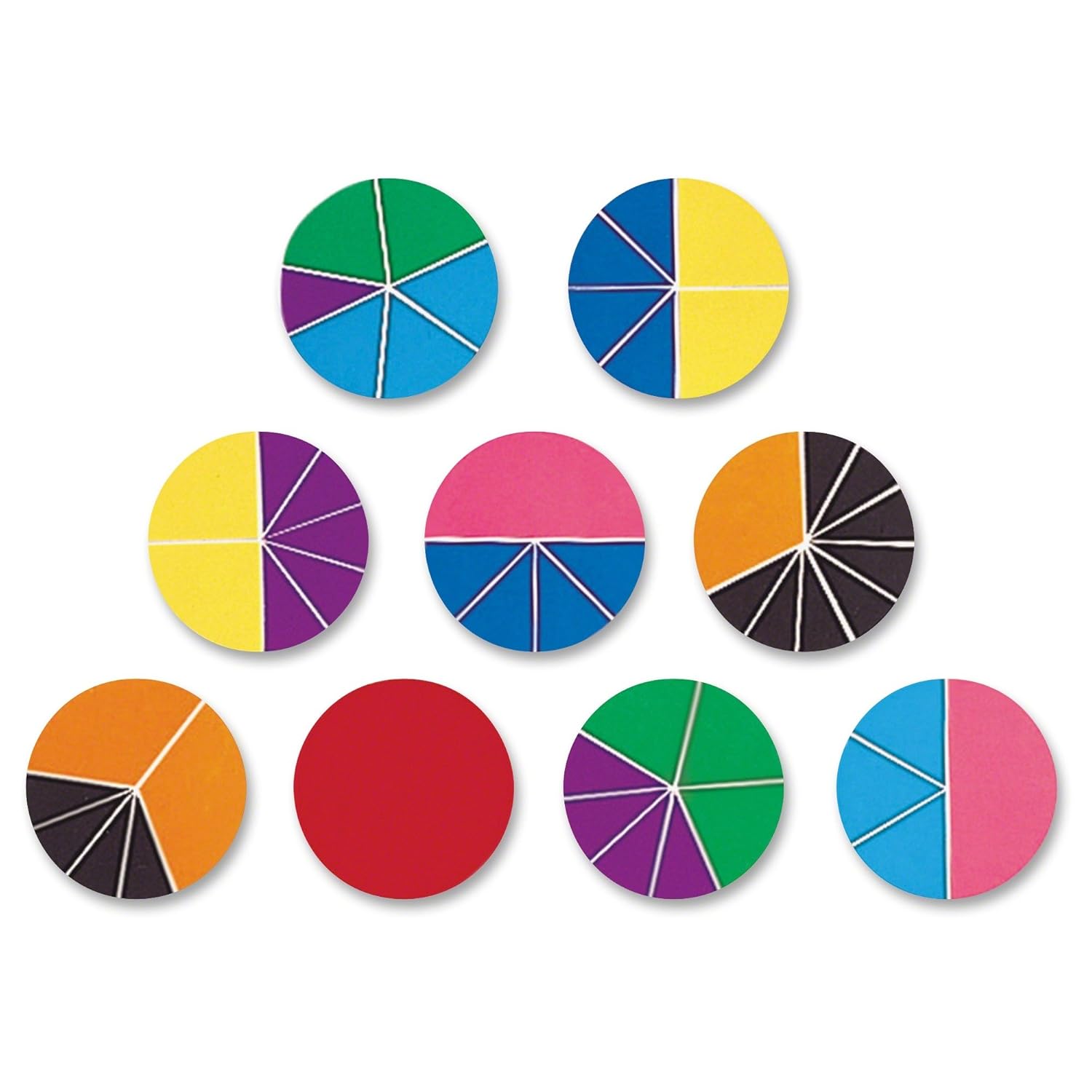
No comments:
Post a Comment